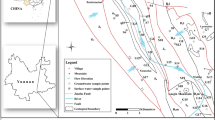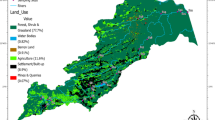Abstract
AN adequate supply of highly purified water is an essential requirement for the study of plant nutrition problems, particularly those relating to mineral deficiencies, when experiments are carried out on a large scale. Liebig, Vanselow and Chapman1 in California found that tap water purified by the synthetic resin ion-exchange principle was satisfactory for maintaining healthy growth in citrus and sweet lemon without any toxic effects. They did not, however, report any experiments using demineralized water in deficiency cultures, although they published analytical results indicating that considerable removal of certain of the major and trace elements was effected by the treatment. Schroeder, Davis and Schafer2 have recently published a note in which they conclude that demineralized tap water is unsuitable as a substitute for distilled water for boron-deficiency cultures. Using the latter, symptoms of this deficiency developed in canning beet in five weeks, whereas, in parallel cultures with the demineralized water, no symptoms were observed.
This is a preview of subscription content, access via your institution
Access options
Subscribe to this journal
Receive 51 print issues and online access
$199.00 per year
only $3.90 per issue
Buy this article
- Purchase on SpringerLink
- Instant access to full article PDF
Prices may be subject to local taxes which are calculated during checkout
Similar content being viewed by others
References
Liebig, G. F., jun., Vanselow, A. P., and Chapman, H. D., Soil Science, 55, 371 (1943).
Schroeder, W. T., Davis, J. F., and Schafer, J., jun., J. Amer. Soc. Agron., 38, 754 (1946).
Hewitt, E. J., Long Ashton Res. Stn. Ann. Rep. (1945), 44.
Author information
Authors and Affiliations
Rights and permissions
About this article
Cite this article
HEWITT, E. Use of Water Purified by Synthetic Resin Ion-Exchange Methods for the Study of Mineral Deficiencies in Plants. Nature 158, 623 (1946). https://doi.org/10.1038/158623a0
Issue date:
DOI: https://doi.org/10.1038/158623a0
This article is cited by
-
The visual symptoms of some mineral deficiencies on chrysanthemums
Plant and Soil (1954)



